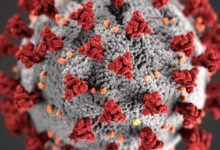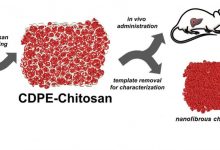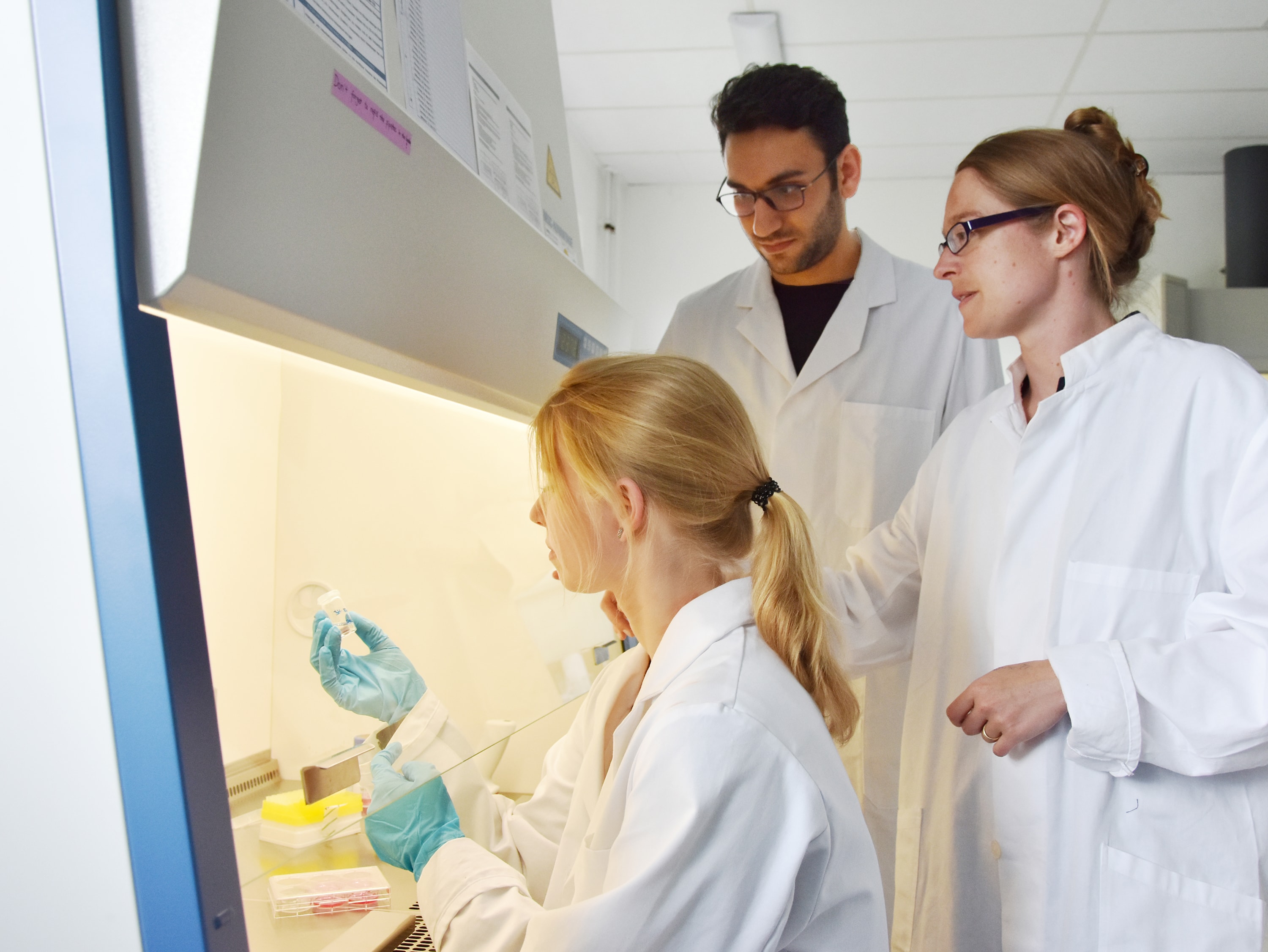
Scientist at Kiel University receive EU funding to develop new implants
During a heart attack muscle tissue can be damaged or can even die when cells are not provided with enough oxygen. A research team from Kiel University (CAU) has developed a biomaterial to regenerate and restore harmed tissue and lead to faster treatment.
The scientists made use of the fact that cells react to stimuli from their environment. Their material imitates natural cell environments by its structure and consistency. This way the scientists can manipulate the behavior of cells precisely, specifically they can stimulate the growth of the cells.
In a newly-launched project, the research team around Christine Selhuber-Unkel wants to test the commercial viability of the material. It is being funded by the European Research Council with a so-called Proof of Concept Grant. It aims at putting the results of fundamental research into practice and amounts to 150,000 Euros.
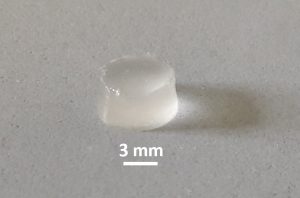
How cells behave also depends on their environment. Via receptors on their surfaces, they identify mechanical stimuli from their environment like the contact to others cells or surfaces. They convert this information into biochemical activity and start to divide, differentiate or move.
Christine Selhuber-Unkel, professor for biocompatible nanomaterials, and her team have developed a material to imitate this cellular mechanism called mechanotransduction. With the help of the material, they can control the behavior of cells.
“Due to its similarity to the natural cell environment it can be used as an implant in the field of regenerative medicine, or for storing cells for stem cell therapy”, says the materials scientist.
Now, with the grant from the European Research Council, Selhuber-Unkel and her team want to make the material ready for the market.
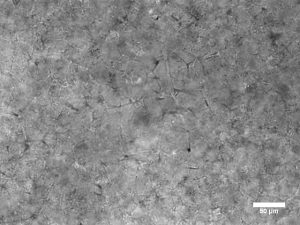
Photo: Katharina Siemsen
“Together with potential customers, we want to determine the specific demand for our material, and develop it accordingly. To do so, we have close links with different spin-offs from the CAU, and will contact other companies,” announced Selhuber.
A special feature of the new biomaterial is the interconnected hollow channels of only a few micrometres in diameter. They run throughout the soft hydrogel like a system of narrow corridors. This structure is similar to the framework of proteins cells in the human body are surrounded by. When cells are placed in these tunnels within the hydrogel, they react via their surfaces to material around them.
“The main advantage of our material is the fact that we can specifically adjust the size of the channels and their arrangement when manufacturing it. This way we can precisely influence the reaction of the cell and let it grow, for example”, says Selhuber-Unkel.
The strong efficacy of the material is even enhanced by its three-dimensionality. Placed in the fine channels the cells are surrounded by the hydrogel. Thus, approximately 80 percent of the surface of the cell is in contact with the polymer material – far more than in the case of flat environments that only touch about 50 percent of the cell surface. “More contact means more influence on cells,” explained Selhuber-Unkel one of the underlying principles of the project “Channelmat” (a combination of “channel” and “material”).
The project is the result of a cooperation between Kiel University’s priority research area Kiel Nano, Surface and Interface Science and the Functional Nanomaterials working group led by Professor Rainer Adelung.





